Abstract
This article describes the Slavic and East European-related collections represented in the Prints & Photographs Online Catalog (PPOC) at the Library of Congress Web site. The descriptions of search strategies and summaries of key collections will help researchers explore both the visual resources available online and the undigitized materials available through the physical reading room in Washington DC Related articles in this issue discuss specific Prints & Photographs Division holdings of Russian satirical and political periodicals, Bulgarian visual resources, and illustrated music cover designs in more depth.
Keywords:
- Library of Congress
- Prints & Photographs Division
- Bain News Photograph Collection
- Brumfield Photograph Collection (Russian architecture)
- Carpenter Collection (travel views)
- Fenton Crimean War photographs
- fine prints by Slavic and East European artists
- Eastern European
- Foreign Geographic File
- The Look Magazine Photograph Collection
- Photochrom Print Collection
- Popular Graphic Arts Prints
- posters
- Prokudin-Gorskii Collection
- stereograph cards
When Slavic and East European studies researchers need visual resources, they can tap into an abundance of pictures described in the Prints & Photographs Online Catalog (PPOC) at the Library of Congress Web site, http://www.loc.gov/pictures/. A growing number of items (1.25 million as of 2009) are already digitized, and most of those images can be downloaded at any time through computers located anywhere.Footnote 1 Researchers who do not find the images they want online can turn to the catalog records that describe undigitized collections containing an additional 13 million items. The records without digitized images summarize groups of pictures and single items that are available by request for viewing in the physical reading room in Washington, D.C. The depth and uniqueness of these collections sustain several doctoral dissertations and master theses each year. A special e-mail service, called “Ask a Librarian,” provides researchers with a direct link for contacting reference staff for information about using these resources.
The visual collections in the Library's Prints & Photographs Division (P&P) are international in scope, with works dating from the fifteenth century to the present day. Special collection guides and image checklists, posted on the division's home page at http://www.loc.gov/rr/print/, introduce the most frequently requested subjects shown in photographs, posters, editorial cartoons, fine art prints, documentary prints and drawings, and architectural and engineering drawings. The advice pages that help researchers prepare for visits, navigate publication rights, and learn about visual literacy are also worth reading.
Locating Slavic and East European-related pictures in PPOC can be rewarding because digitized portraits of historical figures, major city views, and famous events are often conveniently available online for rapid incorporation in lectures, articles, and other projects. The research can also be challenging because the terms “Slavic” and “East European” rarely appear in the catalog descriptions. Instead, names of specific people and places appear in titles, subject notes, or formal indexing terms. The following search strategies can improve retrieval of relevant images:
-
Search for keywords, because many items are not fully cataloged and lack the formal subject indexing terms typically found in catalogs for books.
-
For geographic locations, search for the name of a country, city or town, or geographic feature to retrieve relevant items. Use specific keywords, such as Armenia, Poland, or Black Sea. Use variant spellings and former names because the language of historical captions can be antiquated. For example, search for both Russia and Soviet Union.
-
For people, search for different forms of their names. For example, try both Kossuth Lajos and Louis Kossuth.
-
For subjects, search for generic keywords such as orthodox churches and war. Combining topical terms with a place name can retrieve the most relevant images.
-
For pictures that suit the research topic, note the call number, creator, or collection name listed in the catalog record and then search again with those terms to locate related collection materials that may be of interest.
Researchers who visit the P&P Reading Room can discover additional images by consulting picture browsing files, paper finding aids, card catalogs, and subject specialists. For an example of how a single country is represented in this mixture of online and physical resources, see the article on Bulgaria by Angela Cannon in this issue.
The general strengths for Slavic and East European pictures include views of travel destinations, architectural subjects, and people from the mid-nineteenth to mid-twentieth centuries portrayed in such formats as news photos, three-dimensional stereographs, historical prints, travel posters, and colorful tourist scenes printed through the photochrom process.Footnote 2 Collections with a specific country or subject focus include Roger Fenton's (1819–1869) Crimean War photographs and Sergei M. Prokudin-Gorskii's (1863–1944) photographs surveying the Russian Empire, ca. 1905 to 1915. For in-depth profiles of two other Russian collections, see the articles on satirical periodicals and sheet music covers by Harold M. Leich elsewhere in this issue. Also well represented are fine art prints, popular prints, and posters by Slavic and East European artists from the nineteenth century to the present. Recent acquisitions, such as 500 original cartoon drawings by Yosef Foshko (ca. 1891/92–1971), are represented in the online catalog but special advance arrangements are needed for working with this kind of unprocessed collection because it is not yet organized and housed for routine service. New records and digital images are added to PPOC weekly, and researchers are encouraged to keep checking back.
KEY COLLECTIONS WITH SLAVIC AND EAST EUROPEAN VISUAL MATERIALS
The following summaries of collections related to Slavic and East European resources, based on information in PPOC, are listed alphabetically. Most of the collections cover many different subjects, and the descriptions highlight the relevant portions. Additional related materials can be found in other collections. Contact reference staff for help in locating other visual materials among the vast resources in P&P.
Bain News Photograph Collection
http://www.loc.gov/pictures/collection/ggbain/
The George Grantham Bain (1865–1944) Collection is the photographic file from one of America's earliest news picture agencies. The photographs Bain produced and gathered for distribution through his news service were worldwide in their coverage, but there was a special emphasis on life in New York City. The collection consists of glass negatives that have been digitized, photographic prints, including images of Hungary, Montenegro, Siberia, and Russia, often involving royalty, and World War I scenes with Slavic or East European troops. The collection dates from the 1900s to the mid-1920s, but scattered images can be found as early as the 1860s and as late as the 1930s.
FIGURE 1 A news photograph from the Bain Collection portrays Prince Adalbert in Russian Poland, ca. 1915, http://hdl.loc.gov/loc.pnp/ggbain.50214.
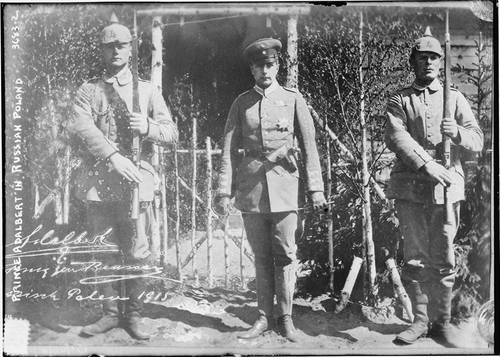
Brumfield Photograph Collection (Russian Architecture)
http://www.loc.gov/pictures/collection/brum/
The 1,100 photographs that comprise the William C. Brumfield (b. 1944) Collection document the architectural heritage of pre-Soviet Russia, highlighting wooden buildings, and religious, commercial, and industrial facilities, as well as some landscapes, from 1987–2000. Represented cities include Perm, Tiumen', Tobol'sk, and Tomsk in Siberia. See Andrea Gibbs' essay in this volume, which describes the collection of Brumfield architectural photographs held at the National Gallery of Art.
Carpenter Collection (Travel Views)
http://www.loc.gov/pictures/collection/ffcarp/
The Frank and Frances Carpenter Collection consists of photographs produced and gathered by Frank G. Carpenter (1855–1924) and his daughter Frances (1890–1972) to illustrate writings on travel and world geography. The Carpenters' works helped popularize cultural anthropology and geography in the early years of the twentieth century. A small cross-section is online. The entire collection offers an estimated 5,400 photographs in albums; 10,400 loose photographs organized by geographic regions in groups called LOTs; and 7,000 glass and film negatives. LOTs likely to be of interest for Slavic and East European studies include:
-
European trip 1923, including Yugoslavia, Bulgaria, Romania (LOT 7375)
-
European trip 1923 (album): Hungary, Czechoslovakia, Austria, Danube, Yugoslavia (LOT 5800)
-
Austria and Hungary, ca. 1900–1923 (LOT 11463)
-
Balkan countries, ca. 1880–1924 (LOT 11461)
-
Baltic states of Estonia, Latvia, and Lithuania, ca. 1900–1923 (LOT 11464)
-
Czeckoslovakia (LOT 11939)
-
Poland, ca. 1900–1923 (LOT 11465)
-
Russia, ca. 1880–1924 (LOT 11469)
-
Russian refugees and emigrants to European countries, 1919–1931 (LOT 11470)
Fenton Crimean War Photographs
http://www.loc.gov/pictures/collection/ftncnw/
Roger Fenton's Crimean War photographs represent one of the earliest systematic attempts to document a war through the medium of photography. Fenton spent a few months in the Crimea (March 8 to June 26, 1855) and produced 360 photographs under difficult conditions, 263 of which the library holds. While these photographs present a substantial documentary record of the participants and the landscape of the war, there are no combat scenes or views of casualties.
FIGURE 2 This example from the Carpenter Collection shows a woman shopping for textiles at a market in Hungary in 1923, http://hdl.loc.gov/loc.pnp/cph.3c13795.
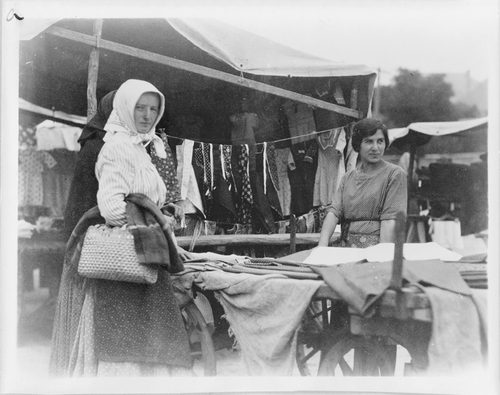
FIGURE 3 The Fenton Collection includes the well-known photograph, “Valley of the Shadow of Death,” taken in 1855 by Roger Fenton, http://hdl.loc.gov/loc.pnp/cph.3g09217.
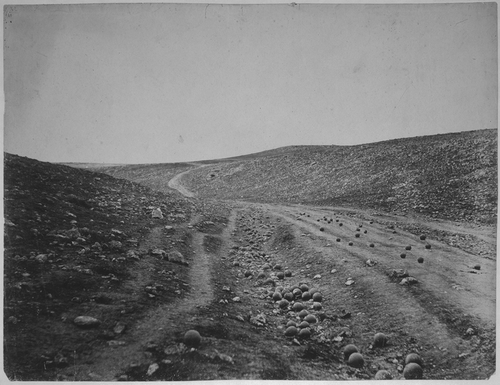
Fine Prints by Slavic and East European Artists
http://www.loc.gov/pictures/collection/finepr/
Numerous artistic works by Slavic and East European creators are part of the library's extensive holdings of original artist prints, including engravings, etchings, lithographs, woodcuts, and screen prints. A search for specific artist names is a good starting point, leading to such works as a heavily-annotated costume drawing for The Sleeping Princess ballet by Russian artist Léon Bakst (1866–1924) and prints by Czech artist Jiří Anderle (b. 1936), Bosnian artist Tanja Softić (b. 1966), American and Russian collaborators Suzanne Scherer (b. 1964) and Pavel Ouporov (b. 1966), Hungarian artist Róbert Swierkiewicz (b. 1942), Hungarian-American printmaker Jolán Gross-Bettelheim (1900–1972), and others. A search for the name Gerald Cerny, a private collector who donated to the Library over 200 Central and Eastern European artists' fine prints and posters, returns a selection of works by various creators (including Swierkiewicz) as well as a record summarizing the whole collection. Dr.Cerny's gift is described in a 2004 Library of Congress Information Bulletinarticle, available online.Footnote 3 Selected Eastern European fine prints from the Library's collection are also described in Karen Beall's 1980 article for The Quarterly Journal of the Library of Congress.Footnote 4 The Hand Print Workshop International is a studio that collaborated with a number of artists from the former Soviet Union including Yuri Avvakumov (b. 1957), Alexander Brodsky (b. 1955), Andrey Chezin (b. 1960), Igor Makarevich (b. 1943), and Vera Khlebnikova (b. 1954). Relatively few prints from the fine prints collections have been digitized due to limited publication rights, but item checklists of the collection contents are available on request.
FIGURE 4 This World War II subject lithograph by artist Jolán Gross-Bettelheim is found in the Fine Prints Collection, http://hdl.loc.gov/loc.pnp/cph.3g06151.
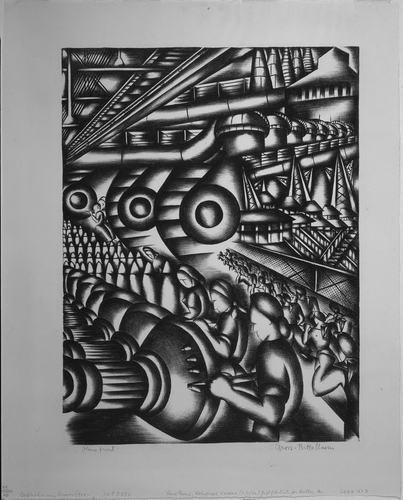
FIGURE 5 In his 1997 lithograph-screenprint “Két kis forgószél/Two Small Whirlwinds,” Hungarian artist Róbert Swierkiewicz references images of actors from the “Balli de Sfessania” series of seventeenth-century French etcher Jacques Callot, http://hdl.loc.gov/loc.pnp/ppmsca.05759.
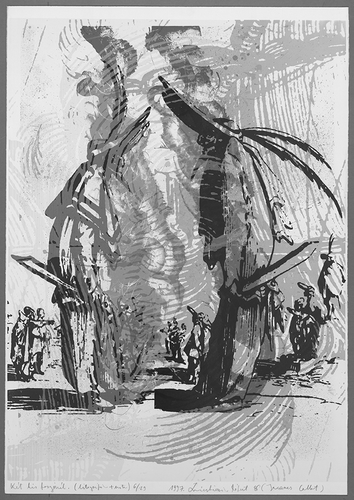
Foreign Geographic File
Photographs organized by country and city name show structures, cities and towns, countryside, and people, among other geographically-related subjects. Most of the estimated 40,000 images date from 1880 to 1930. Russia is the best-represented Slavic country, and the file also has images showing Czechoslovakia, Hungary, Ukraine, Yugoslavia, Greece, and other countries.
The Look Magazine Photograph Collection
http://www.loc.gov/pictures/collection/look/
The Look Magazine Photograph Collection is a vast photographic archive created to illustrate Look magazine and related publications. The cataloged portion of the collection covers some four million published and unpublished images made chiefly from 1952 to 1971. Each of the 10,000 catalog records describes a “job”—a set of images made for a single photo assignment using black-and-white photographs, color transparencies, or slides. Digitized images are generally not available for this collection, and a visit to the Prints & Photographs Reading Room is necessary to view the contact sheets associated with any particular job. The coverage of international affairs, particularly of countries behind the Iron Curtain during the Cold War era, can be useful. For example, more than one hundred catalog records describe photo assignments related to Russia, ranging from “Nixon and Khrushchev” (LOOK—Job 59–8410), “Soviet fashion show” (LOOK—Job 56–6935), and “Women in Moscow” (LOOK—Job 54–3350) to “Russian dancers” (LOOK—Job 58–7836), “Russian fashion and food” (LOOK—Job 67–3234), and “Russia—youth” (LOOK—Job 69–5344).
Photochrom Print Collection
http://www.loc.gov/pictures/collection/pgz/
The Photochrom Print Collection features more than 6,000 travel views of Europe, the Middle East, North America, and Russia. Published primarily from the 1890s to 1910s, these prints were created by the Photoglob Company in Zürich, Switzerland, and the Detroit Publishing Company in Michigan. The richly-colored images look like photographs but are actually ink-based photolithographs, usually 6.5 x 9 inches. Sold as souvenirs and often collected in albums or framed for display, the photochroms feature subjects that appealed to travelers, including landscapes, architecture, street scenes, and daily life and culture. Arranged in groups of images, called LOTs, countries represented include:
-
Austro-Hungarian Empire (LOT 13417)
-
Germany, including places now in Poland, Czech Republic, and Russia (LOT 13411)
-
Latvia (LOT 13419)
-
Montenegro (LOT 13430)
-
Poland (LOT 13411 and LOT 13419)
-
Romania (LOT 13431)
-
Russia (LOT 13411 and LOT 13419)
-
Serbia (LOT 13433)
-
Ukraine (LOT 13419)
Popular Graphic Arts Prints
http://www.loc.gov/pictures/collection/pga/
These 12,900 prints date primarily from 1800 to 1890. The collection contains both prints and illustrated broadsides of historical, graphic, and documentary importance. Although American subjects predominate, researchers will find materials of note such as a remarkable panoramic color view of Moscow, ca. 1848, from the Russian Imperial Collection and the “Battle of Hermannstadt” depicting an 1849 battle scene with Russian, Austrian, and Hungarian troops standing in formation and shooting at each other across an open field. Another battle scene shows the “Charge of the Heavy Cavalry Brigade,” with the Enniskillen Dragoons and the Fifth Dragoon Guards engaging the Russian cavalry during the battle of Balaklava.
FIGURE 6 This scene of Fiumiara Street in Croatia is typical of the picturesque views in the Photochrom Collection, published between ca. 1890 and 1900, http://hdl.loc.gov/loc.pnp/ppmsc.09352.
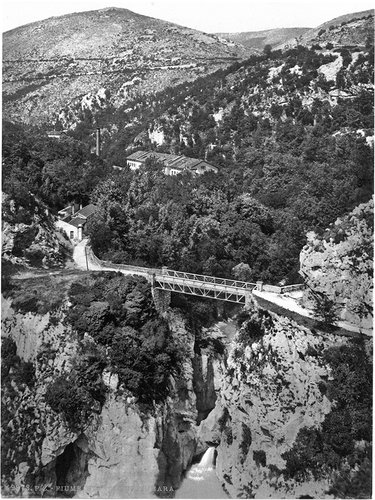
FIGURE 7 A portrait of “Ludvig Kossuth: the Hungarian leader,” 1849 is in the Popular Graphic Arts Collection, http://hdl.loc.gov/loc.pnp/cph.3b50667.
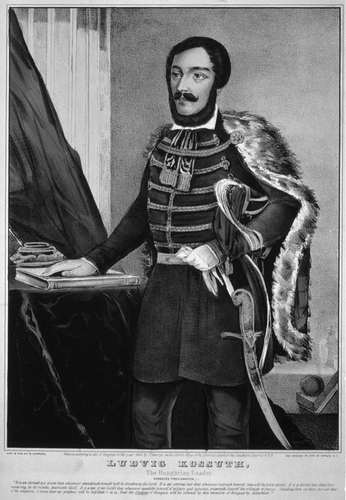
Posters
The Library's poster collections are particularly strong in Polish creators and subjects. Russia and the Soviet Union are also well represented, with further examples from or related to Armenia, Czechoslovakia, Hungary, Romania, Serbia, Yugoslavia, and other areas. Hundreds of examples can be seen in the online catalog. Subjects include advertising, art and design, performance, travel, war, and propaganda. Researchers can retrieve posters by searching for countries, specific place names such as Warsaw, and creators such as Georgii Stenberg (1900–1933). Notable collections include:
-
Artist Posters, http://www.loc.gov/pictures/collection/pos/.
-
World War I posters, http://www.loc.gov/pictures/collection/wwipos/.
-
Yanker Collection of political, propaganda, and social issue posters and handbills, http://www.loc.gov/pictures/collection/yan/.
Prokudin-Gorskii Collection
http://www.loc.gov/pictures/collection/prok/
The Sergei Mikhailovich Prokudin-Gorskii Collection features color photographic surveys of the vast Russian Empire made between ca. 1905 and 1915. An active photographer and scientist, Prokudin-Gorskii (1863–1944) undertook most of his ambitious color documentary project from 1909 to 1915. Frequent subjects among the more than 2,500 distinct images include people, religious architecture, historic sites, industry and agriculture, public works construction, scenes along water and railway transportation routes, and views of villages and cities.
FIGURE 8 The Church of the Ascension in Belozersk, captured in color in 1909, is one of several hundred religious sites photographed by Prokudin-Gorskii for his survey of the Russian Empire, http://hdl.loc.gov/loc.pnp/prokc.20989.
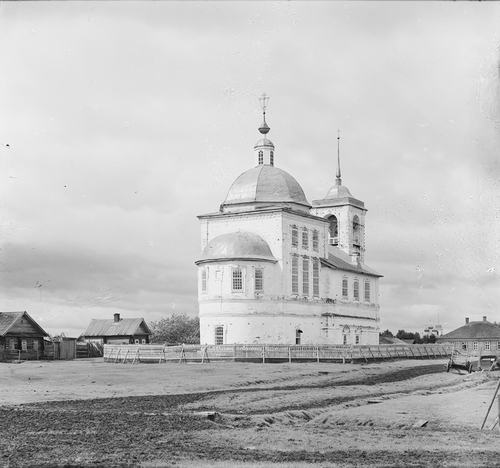
FIGURE 9 This 1910 depiction of a market place in Sarajevo is found in the stereograph files. “Natives in market place, Sarajevo, Bosnia, Austria-Hungary.” Keystone View Company, 1910, http://hdl.loc.gov/loc.pnp/cph.3c06349.
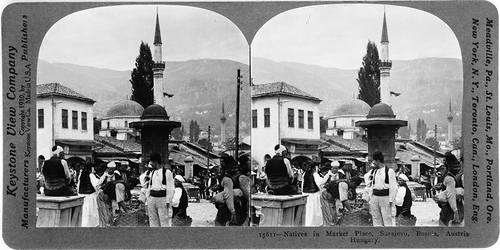
Stereograph Cards
http://www.loc.gov/pictures/collection/stereo/
Stereographs consist of two nearly identical photographs or photomechanical prints, paired to produce the illusion of a single three-dimensional image, usually when viewed through a stereoscope. The P&P holdings include images produced from the 1850s to the 1940s, with the bulk of the collection dating between 1870 and 1920. About 5,000 stereographs are already online, representing roughly ten percent of the 52,000 stereos in the entire collection. The online images feature cities and towns, expeditions and expositions, industries, disasters, and portraits. Images of many Slavic and East European countries are found in the reading room's Foreign Geographic area, including Austria, Bulgaria, Czechoslavakia, Hungary, Poland, Romania, Russia, and Yugoslavia.
CONCLUSION
Many kinds of researchers pursuing Slavic and East European subjects can benefit from the “not so hidden” visual resources available through the Library of Congress Prints & Photographs Online Catalog and the Prints & Photographs Reading Room. The staff is ready to assist either in person or virtually through the Ask a Librarian e-mail service, http://www.loc.gov/rr/askalib/ask-print.html.
Notes
This article is not subject to U.S. copyright law.
1. For works not known to be in the public domain, only thumbnail-size images display outside the library's campus.
2. Photochroms are color lithographs created using photographic negatives. To learn more about this process and the library's collection, visit http://www.loc.gov/pictures/collection/pgz.
3. Katherine Blood and Bibi Marti, “Prints from Eastern Europe: Symbolism & Change,” Library of Congress Information Bulletin 63 (August 2004): 139–143, http://www.loc.gov/loc/lcib/0408/prints.html. See also Andrea Gibbs' previously mentioned essay that describes the National Gallery of Art's portion of Dr. Cerny's collection.
4. Beall, Karen F. “Prints from Eastern Europe: The Last 20 Years.” The Quarterly Journal of the Library of Congress (Winter, 1980): 74–113.